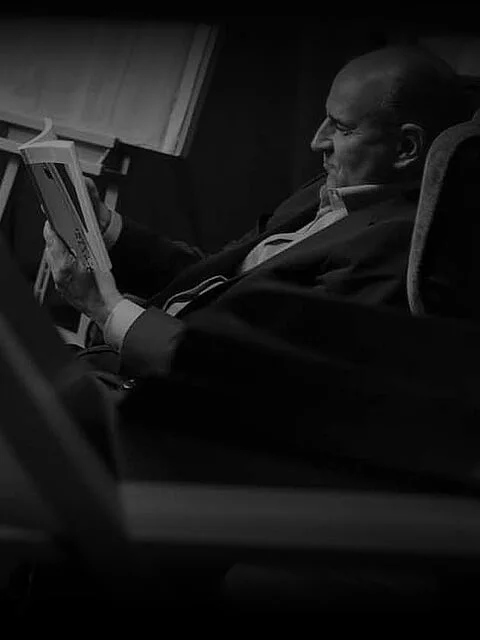Overview: Building two-way trust with teams should be a top priority of intelligent leaders. They must nurture and support trust during every stage of the team-forming process and beyond. Leadership coaching can provide recipes for leaders to handle trust issues and build stronger teams through empowerment, engagement, and motivation.
Trust is the cornerstone of professional relationships. Leaders’ relationships with teams and employees rely heavily on trust. Without mutual trust, leaders cannot empower, engage, or motivate teams. It takes trust to get employees to buy into organizational purposes and adopt company values as their own.
Leadership trust is special. Leadership coaching treats it as the central element of intelligent leadership. The best leader you’ve had was probably great at building trust.
Leadership Trust Is a Two-Way Street
When employees trust leaders, productivity soars. People are eager to work together in alignment with organizational values for what they perceive as common causes.
When leaders trust teams, obstacles to productive employee-leader relationships disappear. Leaders who trust teams find it easy to continue building trust, empower employees, and motivate them. Employee-leader trust is a virtuous circle that keeps yielding favorable outcomes.
Building Trust
Trust is like a living, breathing entity that determines the health of a relationship. It is not a static quantity you earn once and exploit for as long as a relationship lasts. Trust ebbs and flows naturally; it requires constant nurturing to maintain.
Team Formation, Trust, and the Role of a Leader in Building Trust
The ebb and flow of trust depend on many factors. One of the most significant is the formation stage a team is currently at.
Per Tuckman’s Stages of Group Development, teams go through four stages of formation on their way to becoming high-performing groups.
- The forming stage, where team members get acquainted, requires one-way communication from a leader. During this stage, the leader opens communication channels between team members, provides clarity regarding responsibilities and roles, defines goals, and keeps the flow of information transparent. This stage allows the leader to lay the foundations of trust. When she took over the leadership of a nonprofit organization reeling from accusations of mismanagement, Martha McClellan (not her real name) knew she had to start building trust with employees right away. Her first gesture was to remove a door separating the executive offices from the lobby. The symbolic move was wildly popular and gave her trust-building efforts a head start.
- The storming stage requires a cautious approach. This is the stage of the birthing pangs of the group. Conflicts abound and require the leader to manage friction. The storming stage requires leaders to be assertive while showing respect for individuals, get comfortable with non-verbal communication, and get group members to appreciate differences in each other.
- During the norming stage, group cohesion develops. The leader can facilitate trust-building by having regular meetings, one-on-ones, and embarking on team-building activities.
- In the performing stage, interdependence and flexibility merge the team into a highly productive organism. During this stage, leaders begin to focus on maintaining existing trust. When he noticed a dip in employee trust following the termination of employees who no longer adhered to company values, Timothy Garcia (not his real name) decided to tackle the issue head-on. He called a meeting and let remaining employees know the company had no intentions or reasons to make a trend of the recent incidents. He also explained why without sugarcoating the matter. Employee trust levels soon rebounded.

Trust is a delicate thing. Once broken, it is difficult to regain. It requires constant nurturing. As the supporting pillar of intelligent leadership, it deserves constant attention.
Leadership coaching recognizes leadership trust as the centerpiece of effective leadership. Executive coaching experts can help leaders build two-way trust between employees and managers.


